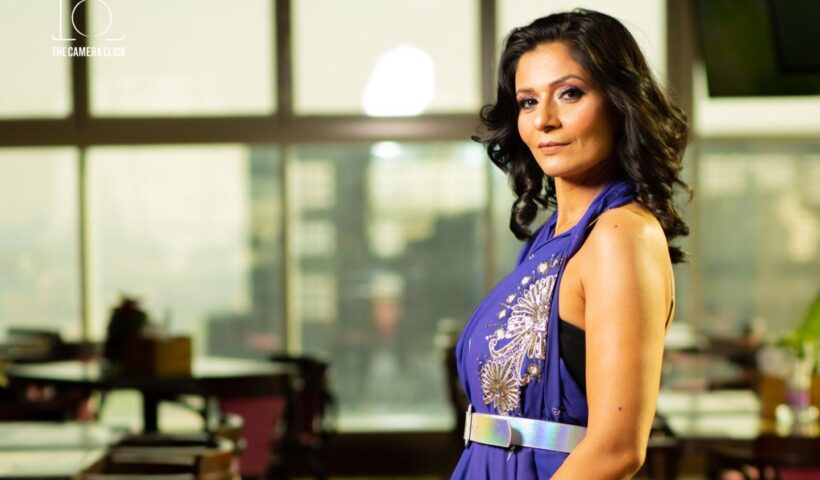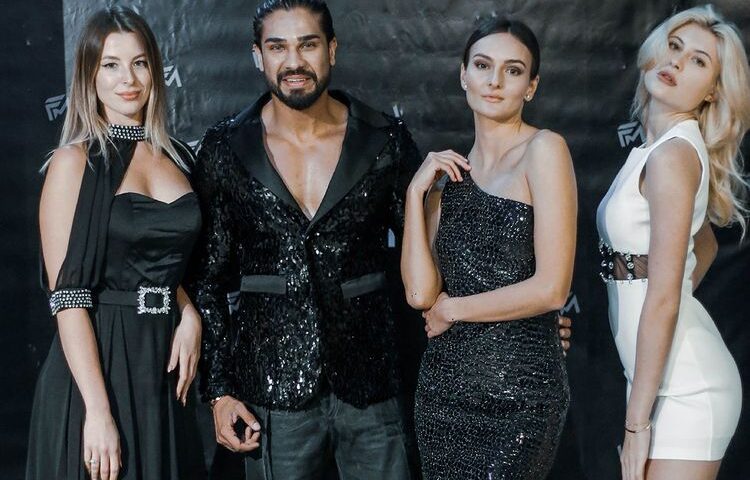Blogger and sari influencer Kamal Kapur, on introducing the sari into our daily lives and the changing trajectory of the garment.
The sari has done it. It finally made its way to the global Met Gala red carpet as supermodel Naomi Campbell flaunted a sari-inspired gown from Chanel’s spring/summer 2010 couture collection. A silky salmon flowy fabric draped in visual cadence, covered by silver metallic embellishments for the blouse, the beauty icon gave hope that the sari may now be an international redcarpet staple, as argued by a wknd. cover story a few weeks ago. The sari also made an appearance recently at King Charles III’s coronation concert at the Windsor Castle as businesswoman Natasha Poonawalla wore a sheer nude sari and a bodysuit in a fusion twist.
But the sari has had a more robust legacy than what we see on stage and red carpets around the world. Just think of women with toddlers on their backs as they worked in fields and factories as well as homes. Their saris were laced in dyes, extracted from indigo, lac, red madder and turmeric. These are women who we now see painted across cave walls, ancient scriptures, and who became the muses of poetry, fables, and doe-eyed characters in black-and-white films. Kamal Kapur, an expat living in Dubai since 2001, likes to call the sari a working garment, and believes the traditional rigidity must be removed from the garment and should be embraced in diverse settings — be it daily life errands or parties. The blogger, who goes by the username ‘desibychoice’ on Instagram, has around 29.2k followers and is on a mission to normalise the sari within the desi community while removing the so-called traditional or ‘reserved for a Diwali function’ aspect from it. She goes on to tell wknd. about this dynamic relationship she has with the six-yards of elegance.

Journey along the drapes
Originally hailing from Chandigarh, India, when Kamal landed in Dubai, she went through the same dilemma that many expats do. What clothes to keep here? And the dawning realisation that many of her Banarasi and Jamdani saris would be collecting dust behind the closet’s doors. Every time she would go back home, bidding her saris farewell would be a downhearted affair. But it just so happened that in one of her social gatherings, she noticed how every Indian woman was wearing a gown and realised she wanted to break that system. From that day onwards, she made a conscious effort to wear saris in all her events and garnered some raised eyebrows and amused attention. “People would ask if I was dressing up for a fancy show, but later I realised they all started following me, saying, ‘Oh Kamal is going to be there, so I can wear a sari now, or wear a sharara. She is coming, I’m sure there will be some company’,” says Kamal. The power of a community has had a great impact on strengthening her purpose. “We downplay our tradition. Once we stand up for ourselves, the entire community will follow.”
On Kamal’s Instagram, one can see her donning saris in different locations, taking us back to Sridevi’s yellow chiffon sari moment as she ran amongst the green meadows in the Swiss Alps in Bollywood film Chandni. The blogger has also made a travelling sari, which has been to places like Switzerland, Scotland, Georgia, Banaras, and South Africa with her. “My first time was in Switzerland, and it was freezing cold, but I wanted to drape a sari. I wore a jacket and went, and then removed it once we reached the spot.”
Sari in the 21st century
“In ancient India, women were breaking bricks while wearing a sari and holding a child on their backs. We have complicated it in today’s world and reserved it for traditional occasions,” says Kamal, who believes in the modern world, a sari can be draped in any way, and infused with different cultures and styles to make it adaptable. “It is especially important for today’s young generation to embrace the sari. Just because mum told you to wear it a certain way and without showing your ankles, doesn’t mean it has to be worn that way. It is a fluid garment with drapes, do not restrict it,” says the influencer, who is often seen pairing a shirt with a sari, making it a modern fit for the workplace. Kamal doesn’t believe in stitching up a sari, as it ruins the concept at its core, and rather prefers to wear it in a drape. For a red-carpet sort of event, she prefers gown-like glamorous drapes, whereas for a causal lunch, she opts to wear an airy cotton sari. “I pick up whatever reflects my mood. All my saris are inspired by traditional and rural drapes.”
With the NMACC red carpet, where global stars like Gigi Hadid and Zendaya walked the soft baby pink ‘red’ carpet in sparkling saris, the spotlight shifted onto this versatile drape and now the trajectory of sari seems to be shifting. “Big stars wearing saris gives a comfort factor that what I have been wearing was right. People call me crazy sometimes, with the way I center my drapes and how different they can be.”
Overhyping of ‘empowerment’
To Kamal, empowerment is what comes from within, rather than external means. “When you start believing in yourself, that is when empowerment comes, and you become comfortable in your own skin. Being an expat here, we are so confused as to what we do or do not want,” says Kamal. The blogger often organises desibychoice meetups, where all the women turn up wearing saris, sometimes with a certain theme from a state of India. With the community that she has built, the women who were once hesitant to meet up in a mall with her wearing saris, can now be found in nightclubs and evening dinners draped in different styles of saris. “I call myself desi by choice because I am not desi by root because of my mother who is Indian. It’s because I want to be desi and have empowered myself to say that with the stamp. We do not want a reason to be this.”















